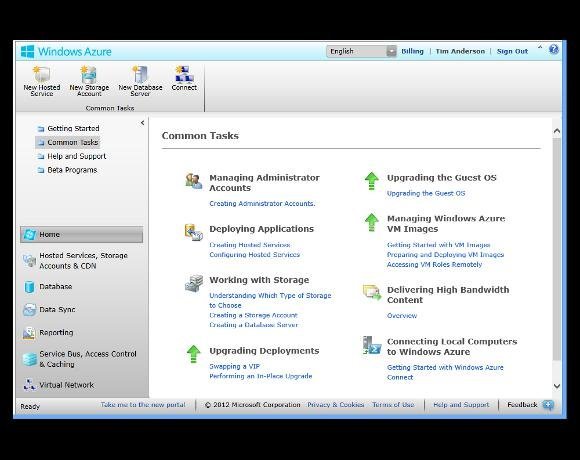Infrastructure as a Service on Windows Azure
A fundamental feature of the old Windows Azure – until the announcement of new features in summer 2012 – was that all VMs are stateless. A way to think about this is that when you create an application and deploy it, Azure builds a Hyper-V VM and spins it up. That VM is the golden image for your application. If something goes wrong, Azure may delete the deployed VM and replace it with the original.
It is not quite that simple, since Microsoft also takes responsibility for keeping the OS patched and up to date, but it is still true that any data stored in the VM after deployment is liable to be deleted at any time. In order to store data consistently, you need to use storage or database services. There is also an option to mount a VHD, stored as an Azure Blob, to give your VM a persistent drive. Even the VM role in the old Azure is stateless, though in this case Microsoft leaves OS maintenance to the user.










